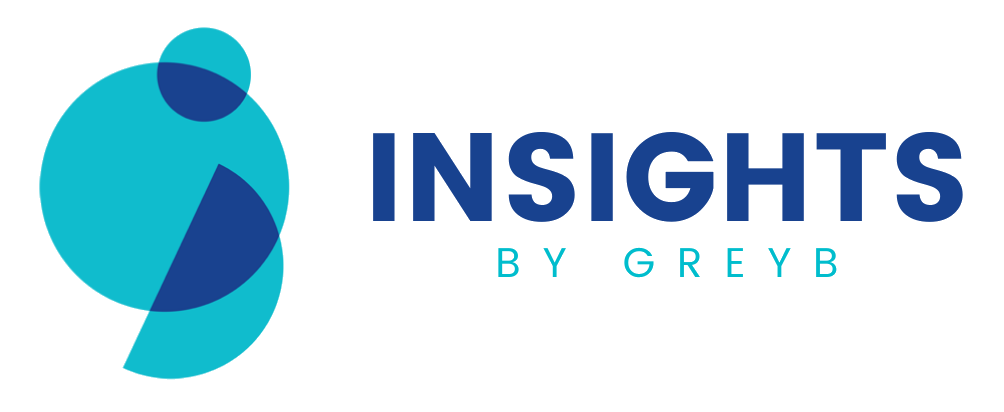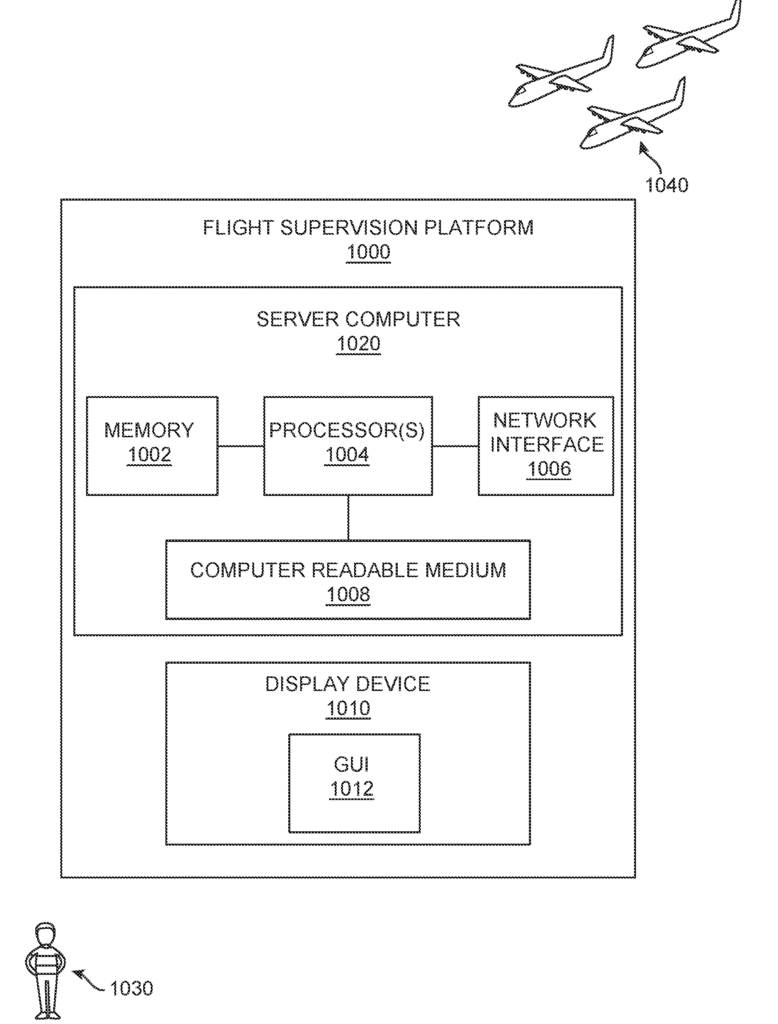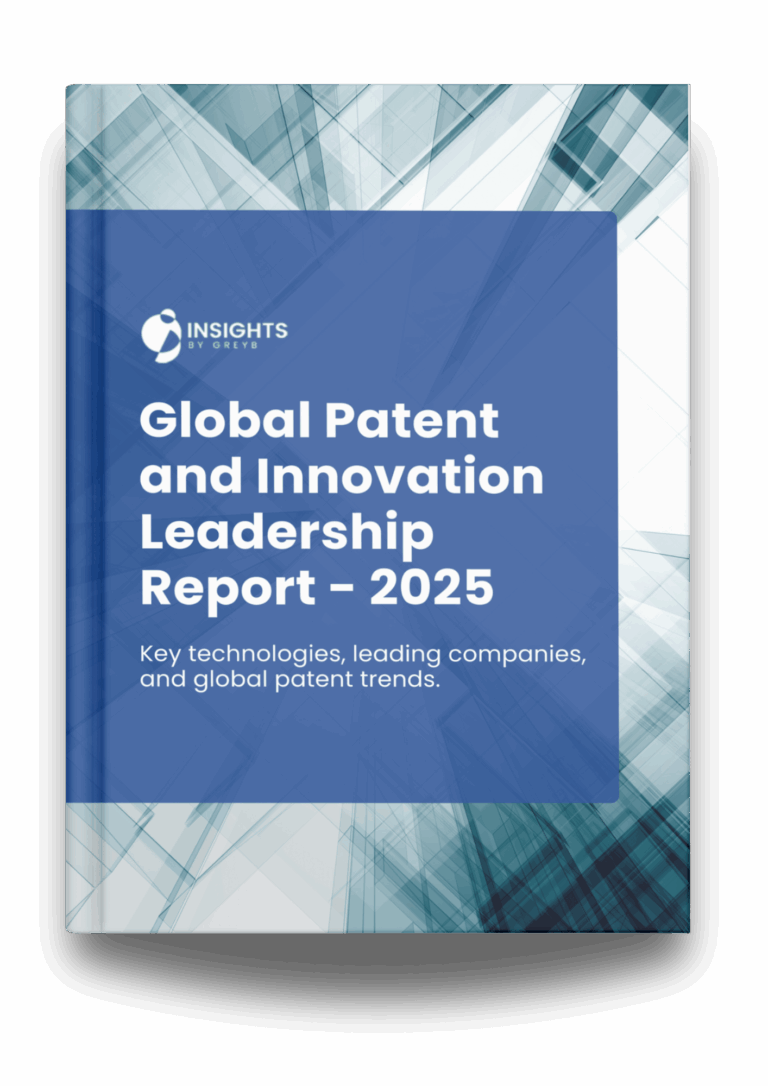Imagine effortlessly bypassing traffic with a vehicle that takes off vertically, navigates autonomously, and lands precisely at your destination. Boeing is making this vision a reality with its latest flying car prototypes, a project advancing rapidly.
As the project accelerates towards U.S. certification and prepares to launch in Asia by 2030, Boeing is set to transform urban mobility. With strong partnerships like Wisk Aero’s self-flying air taxi, Cora, Boeing is leading the charge in creating a new era of transportation. In a world where cities are growing more congested and sustainable solutions are urgently needed, Boeing’s flying cars stand out with their innovative features and patented technologies.
What Makes Boeing’s Flying Cars Unique?
- Autonomous Navigation System: Leveraging state-of-the-art AI and machine learning, Boeing’s flying cars are designed for full autonomy, reducing the need for human intervention and increasing safety.
- Vertical Takeoff and Landing (VTOL): The flying cars feature electric vertical takeoff and landing capabilities, allowing them to operate in dense urban environments without the need for runways.
- Advanced Power Distribution: Equipped with cutting-edge power distribution circuits, these flying cars ensure balanced forces and stability, even in the event of a system failure.
- Integrated Flight Supervision: The innovative flight supervision platform enables simultaneous monitoring and control of multiple autonomous vehicles, enhancing operational efficiency and safety.
- User-Friendly GUI: The transparent, intuitive GUI allows for easy manipulation of flight parameters, making the vehicle more accessible to non-expert users.
Media Credit: Wisk Aero
How Do Patents Fuel Boeing’s Innovation in Flying Cars?
· US2024249630A1: This patent covers the intuitive GUI for adjusting flight parameters, which is crucial for both manned and autonomous flight operations. The interface simplifies complex flight adjustments, making it accessible to a broader range of users.
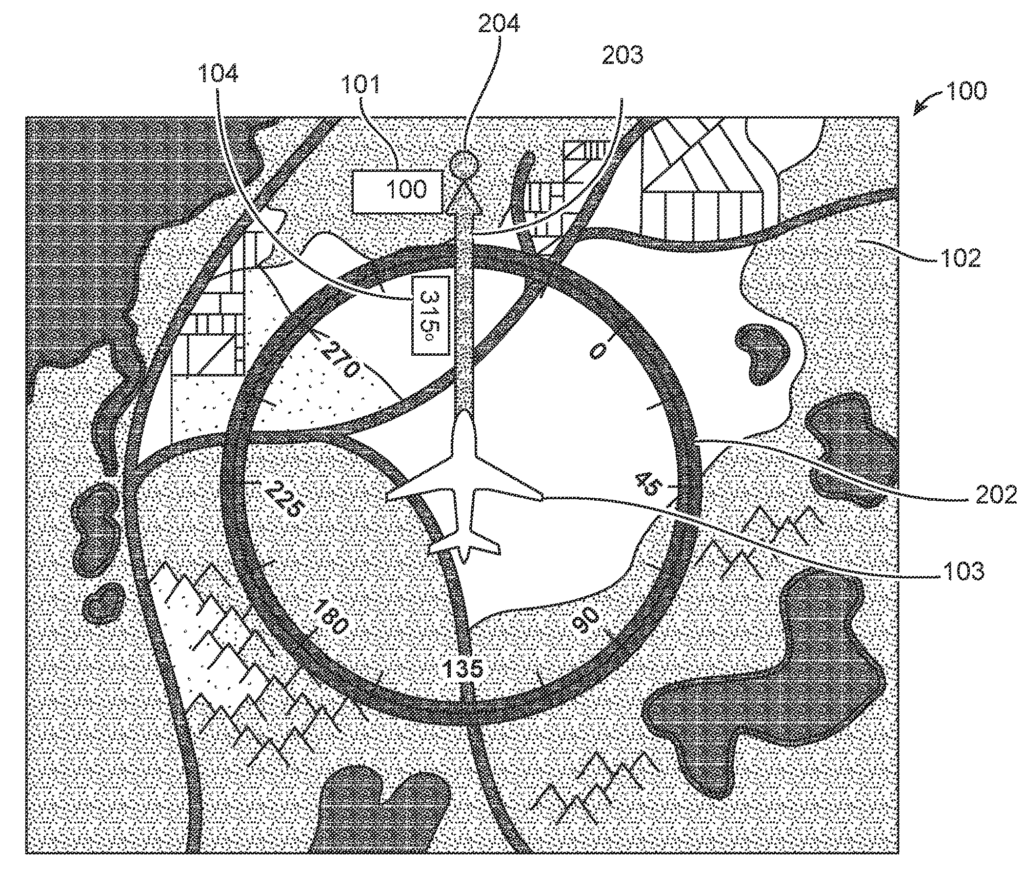
· US2024239500A1: Describes a method for controlling power distribution in eVTOL aircraft, a key feature that supports the energy efficiency and operational flexibility of Boeing’s flying cars.

· US12038497B1: A patent for the advanced navigation system that enables precise landings, even in challenging conditions. This system significantly enhances the safety and reliability of the flying car.
· US2024096224A1: Covers the autonomous flight supervision platform, enabling one-to-many supervision of multiple aircraft. This technology is vital for managing fleets of autonomous flying cars in urban airspaces.
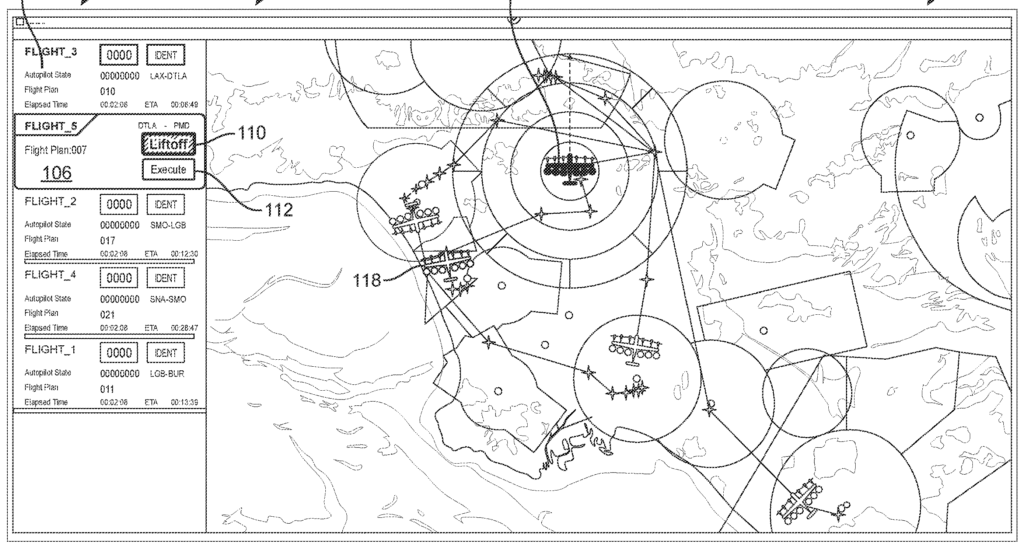
· US12017764B2: The electric aircraft described features tilting fans attached to the wings that can shift between vertical lift (for takeoff) and forward flight positions.These fans are controlled by a system that coordinates their movement, ensuring smooth transitions between flight modes.
How Does Boeing’s Flying Car Stand Against Competitors?
- Airbus Vahana: While Airbus has developed the Vahana, an autonomous flying car with impressive design and capabilities, Boeing’s focus on safety and its superior navigation systems offer a competitive edge.
- Lilium Jet: The Lilium Jet’s focus on speed and range is noteworthy, but Boeing’s integrated power management system and robust flight control offer a more balanced approach to performance and safety.
- Volocopter: Known for its simplicity and early market entry, Volocopter excels in ease of use. However, Boeing’s advanced autonomous flight supervision and power distribution technologies make it a more versatile and scalable solution.
As the world anticipates the launch of Boeing’s flying cars, one thing is clear: the future of transportation is not just on the horizon—it’s taking flight. By integrating cutting-edge technology, robust safety features, and intuitive controls, Boeing is paving the way for a new era of urban mobility. As cities grow and transportation needs evolve, Boeing’s flying cars will undoubtedly play a crucial role in shaping the future of travel.
What other companies are filing patents in the flying car space? Request a patent landscape around this technology by filling out the form below:
